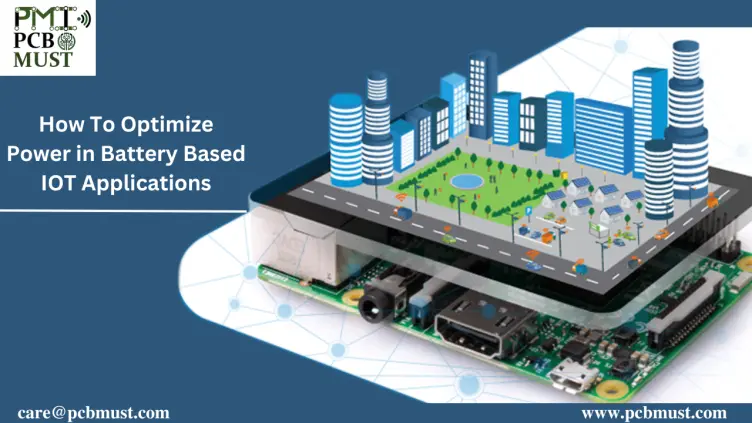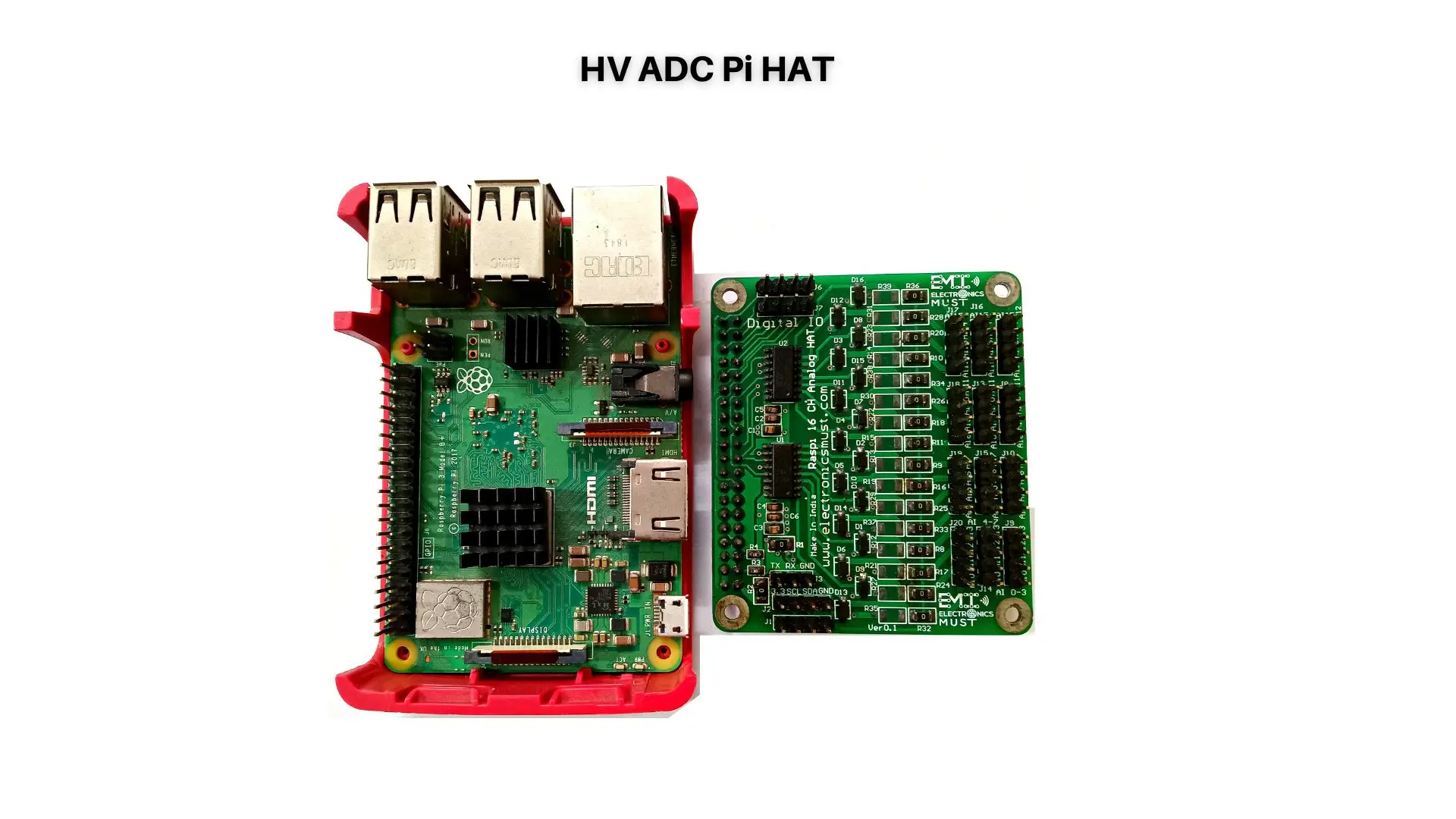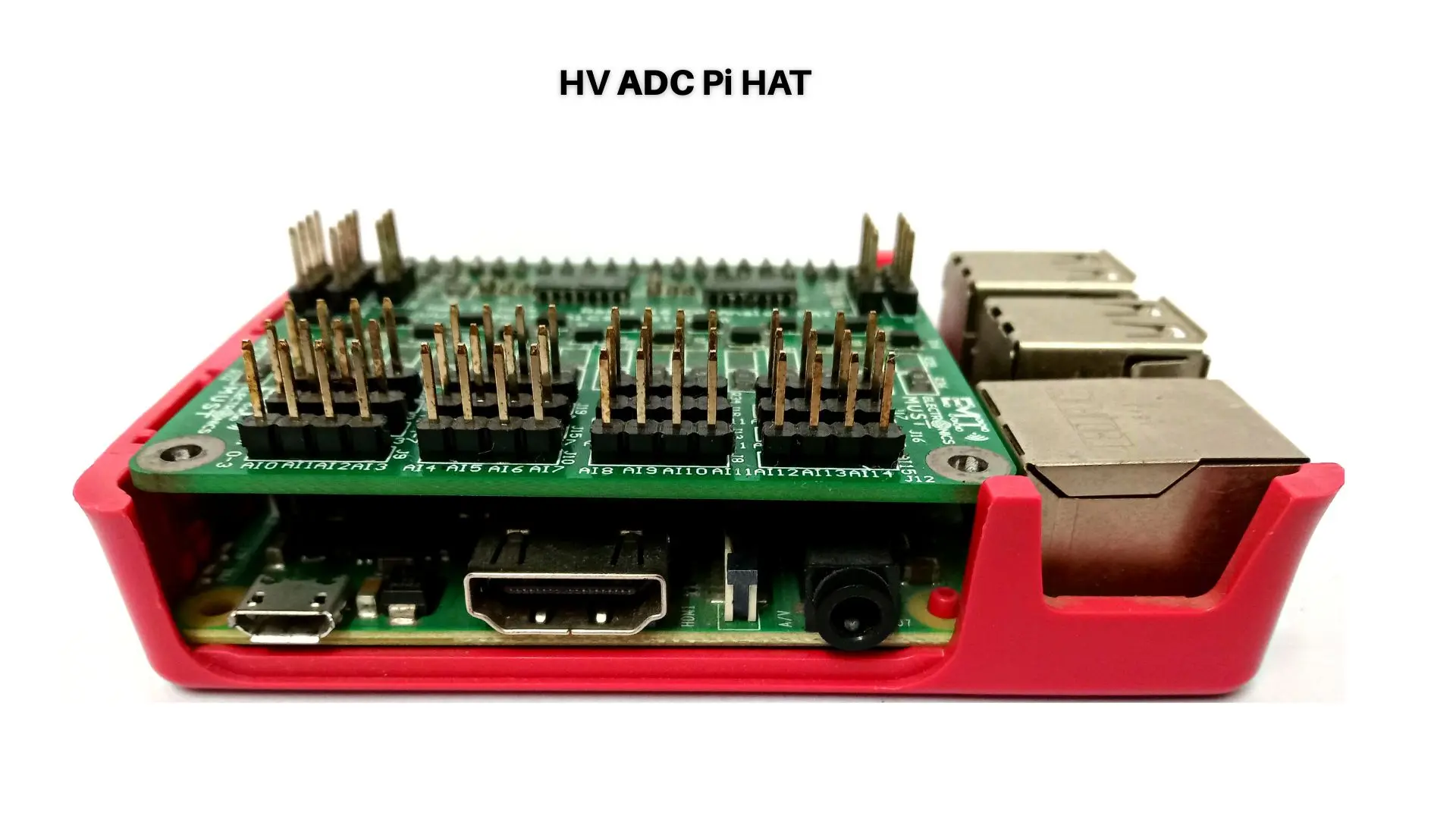Battery-based IoT applications are becoming increasingly popular due to their portability and convenience. However, these applications also have a significant drawback – they rely on batteries, which can be costly and need to be replaced or recharged frequently. Therefore, it is important to optimize power in battery-based IoT applications to ensure that the devices last as long as possible between charges.
- The first step in optimizing power in battery-based IoT applications is to reduce the power consumption of the device itself. This can be done by using low-power microcontrollers and sensors, and by minimizing the number of components in the device. Additionally, you can use power management techniques such as sleep modes, power-saving modes, and dynamic voltage scaling to reduce the power consumption of the device.
- Another important step in optimizing power in battery-based IoT applications is to optimize the communication protocols used by the device. This includes using low-power communication protocols such as Bluetooth Low Energy (BLE) or Zigbee and minimizing the number of transmissions to the cloud or other devices.
- Additionally, you can also consider using energy harvesting techniques such as solar or kinetic energy harvesting to supplement the power provided by the batteries. This can reduce the reliance on batteries and extend the life of the device.
- It’s also important to consider the physical design of the device. Proper thermal management techniques such as using heat sinks or thermal vias can help to dissipate heat, which can prolong the life of the device.
- Finally, it’s important to monitor the power consumption of the device and use this data to make further optimizations. This can be done by using power monitoring tools such as a power analyzer or an oscilloscope, which can give you detailed information about the power consumption of the device.
In conclusion, optimizing power in battery-based IoT applications is an important step in ensuring the longevity and reliability of these devices. By reducing the power consumption of the device, optimizing the communication protocols, and using energy harvesting techniques, you can extend the life of the device and reduce the need for frequent battery replacements.
If you are developing a Battery based IOT product and looking for consultation, contact us
Read more similar articles:






